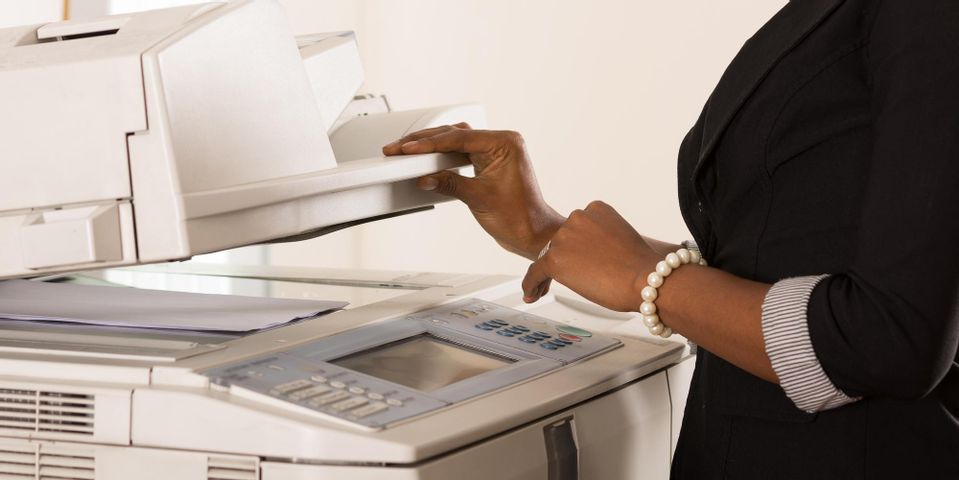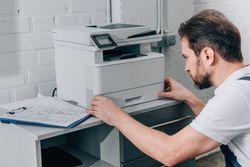
Copiers are one of the most important pieces of office equipment for most businesses. Knowing how they work can help you troubleshoot problems or know when to call in a professional. Here are some of the most important parts of a copier and how to fix common issues.
The Anatomy of a Copier
1. Photoreceptor Drum
The drum consists of a metal roller covered by a layer of photoconductive material. The drum is charged with a form of static electricity that’s selectively charged so that only certain parts of it attract toner. Your image is transmitted through the copier, and the white sections don’t attract toner, while the black segments do. The toner goes onto the drum, where it’s then fused onto the paper, resulting in your finished copy.
Issues with your drum can cause blank or black lines on the paper, spots on the page, or copies that are too dark. In these cases, the drum may be reaching the end of its life and should be replaced.
2. Lamp
 The light source of your copier is needed to shine a light on the original document. It scans the original and the light is then reflected on the drum below. Lenses can be used to magnify or reduce the size of your page.
The light source of your copier is needed to shine a light on the original document. It scans the original and the light is then reflected on the drum below. Lenses can be used to magnify or reduce the size of your page.
3. Toner
Toner is a negatively charged, plastic-based powder, not an ink. It’s secured to beads that are stored in the toner cartridge. When these beads are rolled over the drum, they are drawn to the paper's charged parts, resulting in your image. Heat is applied to the toner, and the plastic particles melt, fusing to the paper.
If you’re having trouble with your copy machine, printer or desktop scanner, call Loudy Office Machines. They repair broken copiers and offer the newest models on the market for replacement from brands like Sharp® and Lexmark. This locally-owned and -operated company serves clients across the Miami Valley area, and their professionals have more than 45 years of experience. Visit their website or call 1-800)-587-1745 to schedule an assessment today.
About the Business
Have a question? Ask the experts!
Send your question

